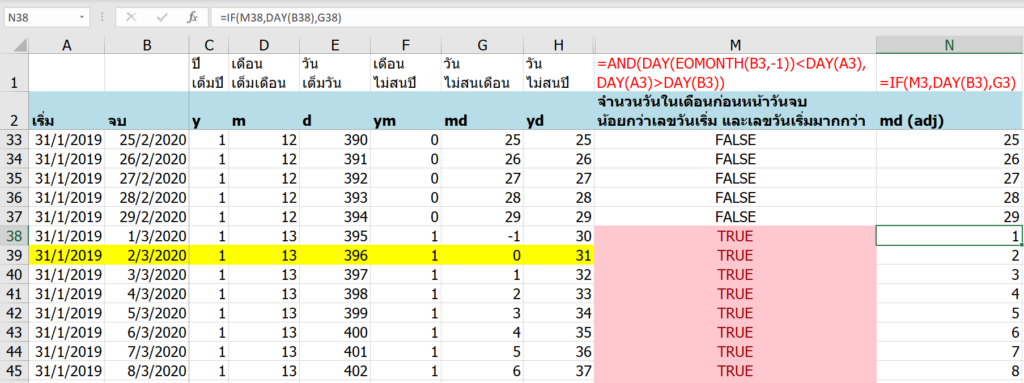

But even the latter returns wrong results in some cases such as: DAYS(end start) is exactly the same as end-start.ĭATEDIFF($A2 $B2 "D") INT($B2-$A2) ĭATEDIFF($A2 $B2 "M") 12*(year($B2)-year($A2))+month($B2)-month($A2)-(day($B2) =int(yearfrac(A2 B2))ĭATEDIFF($A2 $B2 "Y") =year($B2)-year($A2)-if(month($A2)>month($B2) 1 if(month($A2)=month($B2) day($A2)>day($B2) 0))ĭATEDIFF(start end mode)has a third argument which allows for seveal types of financial years and a value of 1 for exact years. It is documented as Excel compatible function for the Gnumeric spreadsheet. Microsoft does not document this function for a reason I don't know.

Note that if the time of day is not important, you should probably use TODAY() instead of NOW(). It uses a "skew", and may be used to smooth out calculations of monthly interests. DAYS360() returns a similar result, but based on an imagined "360 day year". There are also a couple of functions in Calc:ĭAYS() does that subtraction I mentioned. However, time and date values are stored internally in spreadsheets as "days passed since day zero" (sometimes referred to as the "epoch"), so as you suggest, a simple subtraction should do the trick. Is it a user defined function? (The reason I miss it may be that the searches are filtered according to my language settings.) Can't find any reference to the DATEDIF() function. I searched Excel help and function reference, and MS knowledgebase.

The formula calculates the age of a row's entry in days by substracting the date in the first cell (A4) from the current date. Mrdelurk wrote:=DATEDIF(A4,NOW(),"D") (actual example from row 4)


 0 kommentar(er)
0 kommentar(er)
